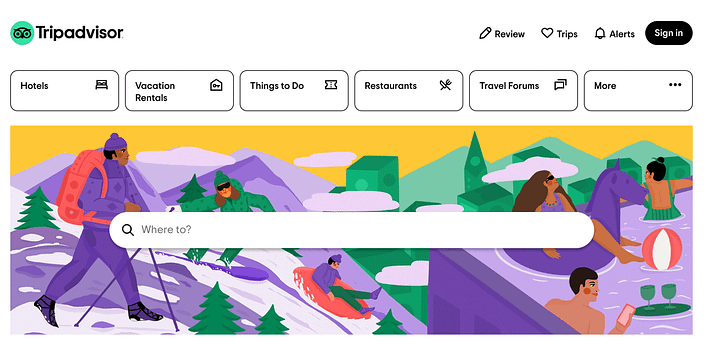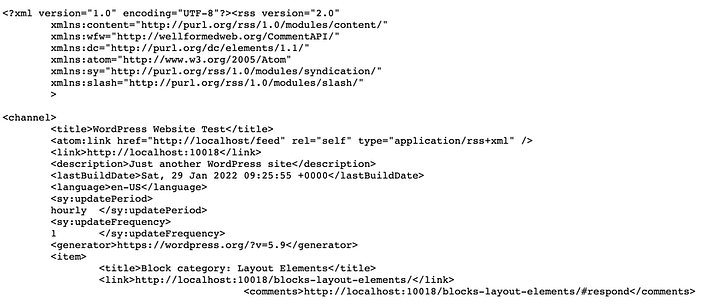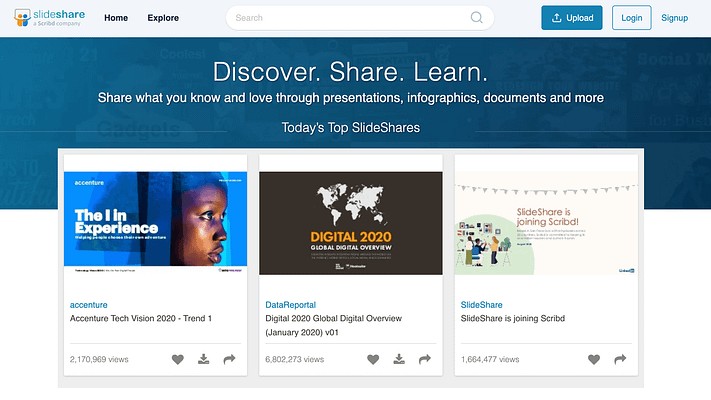Searching for an off-page SEO checklist to help your site rank higher in Google?
Search engine optimization (SEO) is one of the best ways to drive traffic to your site. While a lot of people focus on on-page optimization tactics like targeting a focus keyword, off-page SEO is also essential, especially if you’re going after competitive keywords.
That’s why we’ve created this off-page SEO checklist. By following some simple techniques, you can ensure that third parties, social platforms, and other online resources positively impact your search engine rankings.
In this post, we’ll discuss what off-page SEO is and why it’s important. We’ll then share ten ways to work with third parties to improve your rankings. Let’s get started!
An introduction to an off-page SEO checklist (and why it’s important)
Off-page SEO refers to actions that happen outside of your website. Some common examples include attracting links from other sites, engaging with your followers on social media, and encouraging third parties to mention your page across the Internet.
These activities indicate that your website is important to other people on the web. In particular, many search engines view external links as endorsements for your site’s content. These factors encourage the search engines to boost your position in their rankings.
SEO is a competitive business. Typically, your biggest competitors have already perfected their on-page SEO. Off-page SEO can be the deciding factor when multiple sites use similar on-page strategies. Therefore, investing in these off-page techniques may be the secret to getting an edge over the competition.
How to optimize your WordPress site (your off-page SEO checklist)
Since it happens on third-party sites and platforms, it may be tempting to view off-page SEO as something that’s entirely out of your control. Fortunately, this isn’t the case. Here’s your complete off-page SEO checklist!
1. Secure valuable backlinks
A backlink is a URL from an external website or online resource to your content. This link signals to the search engines that a third party finds your content valuable. This is great news for your rankings.
There are steps you can take to encourage these valuable backlinks. According to a study by Moz and BuzzSumo, list posts, quizzes, videos, infographics, and how-to articles attract a greater number of backlinks [1].
You can also perform a link gap analysis using Link Explorer:

This method involves identifying sites that link to your competitors but not your content. You can then attempt to connect with these websites or research the type of posts they favor. By producing similar articles, you might secure valuable backlinks from these sources.
2. Be more active on social media
By regularly sharing your content on social media, you can attract traffic from diverse sources. This diversity can convince the search engines that your site is valuable to people across the web.
If you’re promoting all of your content across social media, then you’re off to a great start. However, you can also boost your engagement by responding to every mention of your products or business.
3. Guest post on third-party websites
Some sites accept guest contributions. These posts can be excellent opportunities to secure valuable backlinks:

Every website will have its own rules surrounding guest contributors. Some sites may allow you to add several URLs to your guest posts. Other platforms will only let you mention your company or products in your author bio:

You can often tap into a new audience by publishing quality content on third-party sites. This can drive more people to your website.
4. Spend more time in comment sections
It may be tempting to view all other websites as the competition. However, you can usually find sites that operate within your chosen niche but aren’t your direct competitors.
Once you’ve identified these sites, it’s a good idea to get involved in their comment sections. By consistently making positive, helpful contributions, you can position yourself as a leading industry figure.
Eventually, the site’s audience may notice your contributions and check out your profile – and ultimately, your website. This increased visibility can boost your visitor numbers and add a new traffic source to your repertoire.
Many sites also let you include a link to your site in the comment. While these links aren’t especially powerful, every little bit counts when it comes to off-page SEO.
5. Consider investing in local SEO
If you have a physical brick-and-mortar store, you may want to consider investing in local SEO. This strategy involves improving your visibility in Google’s local search results.
To start, make sure you’ve added your company to Google My Business. It’s also important to claim your listing on third-party review sites such as Yelp and the Tripadvisor platform:

Ensure that your business name, address, phone number, and website URL are consistent across all directories. Furthermore, if any of this information changes, it’s essential to update it as soon as possible.
By taking control over these platforms, you can boost your visibility in the SERPs and grow your off-page SEO.
6. Add an RSS feed subscription box
Every person who lands on your website is a big win. However, few sites can achieve long-term SEO success based on new visitors alone. If you want to attract a steady stream of traffic, you’ll need to convert new visitors into loyal repeat customers.
For this reason, you may want to encourage visitors to subscribe to your RSS feed. This feature enables users to monitor your website via a feed reader.
All WordPress sites come with built-in support for RSS feeds. You can check out this feed by entering your site’s URL, followed by “/feed”:

You can encourage visitors to subscribe to your RSS feed by adding an RSS icon to your site. For the greatest impact, we recommend featuring this icon in your website’s recurring elements, such as the sidebar or footer.
You can also create a custom RSS feed to control what content appears in your feed.
7. Post on forums
Like comment sections, forums can be excellent sources of referral traffic. For the best results, you should only post in threads when you have something valuable to contribute to the discussion.
You should also avoid explicitly promoting your own content. Even if you’re linking to a section of your website that resolves the original poster’s question, your typical forum user is cynical about self-promotion. Instead, you should focus on building a positive reputation on third-party forums.
8. Build trust
Search engines want their users to have positive experiences. This means they typically prioritize reputable, trustworthy sites in their results.
Search engines consider Page Authority (PA) and Domain Authority (DA) when calculating a site’s credibility. DA is the authority of the entire website, whereas PA refers to a specific webpage.
The good news is that many of the techniques we’ve already shared will improve your DA and PA. In particular, securing backlinks and guest posting on reputable websites will enhance your perceived trustworthiness.
However, backlinks from spammy websites can damage your DA and PA. With this in mind, it’s wise to monitor these scores using a tool such as Moz’s Link Explorer.
If you do see spammy links, you can use the disavow links tool in Google Search Console.
9. Build relationships with influencers and industry figures
Social media platforms make it significantly easier to connect with industry figures. If you can build a positive relationship with these people, they’ll be more inclined to engage with you in the future. These interactions may even include sharing your content with their followers.
Even if these leading figures don’t explicitly promote your content, any engagement with these people will reflect positively on your website. Other social media users may even see these interactions and decide to check out your website. These visits can earn you additional traffic from a variety of sources.
10. Share your documents
Many websites generate documents. These may include everything from research studies and whitepapers right through to presentations, ebooks, survey results, and user manuals.
If you have any stand-alone resources, you can upload them to third-party document-sharing platforms. Some popular examples include the Scribd platform, the Academia network, and the SlideShare presentation-sharing site:

Depending on your chosen platform, you may even be able to include some links to your website alongside the document. This URL placement can be a great addition to your external link-building strategy.
Implement this off-page SEO checklist today
SEO is a competitive business. For this reason, we don’t recommend restricting your optimization efforts to just your website.
When it comes to optimizing your WordPress site’s off-page SEO, backlinks can prove invaluable. Here, it may help to perform link gap analysis using a tool such as Link Explorer. Building positive relationships with industry influencers and guest posting can also earn you valuable external links and raise your profile online.
